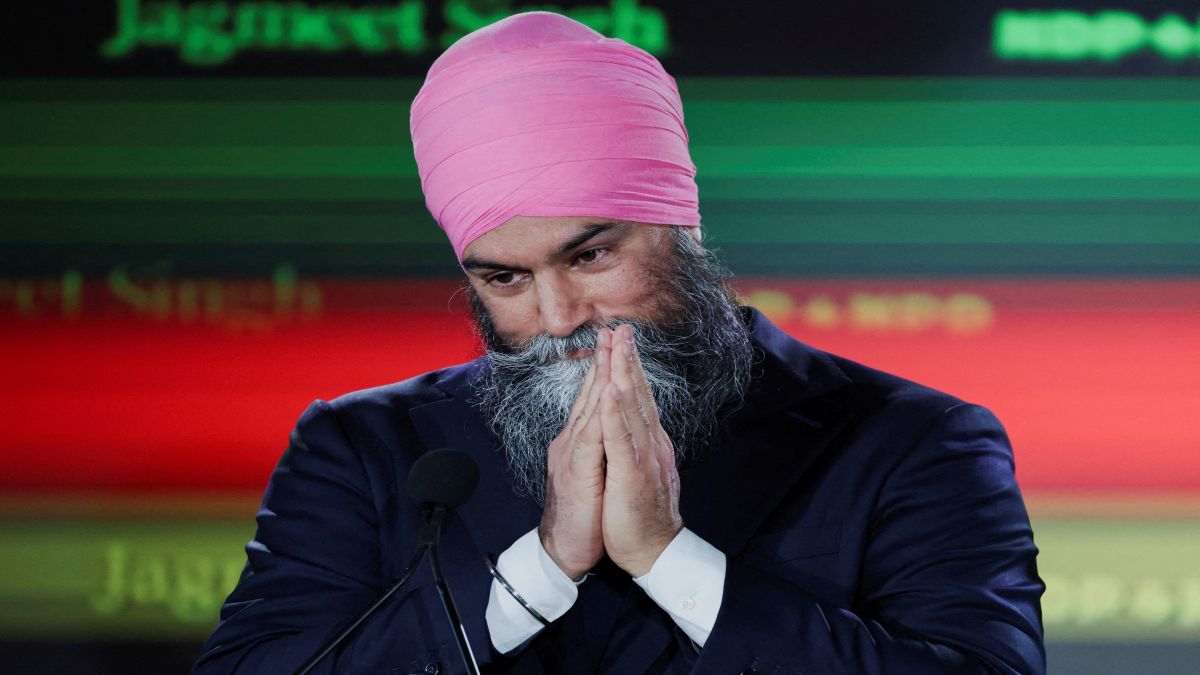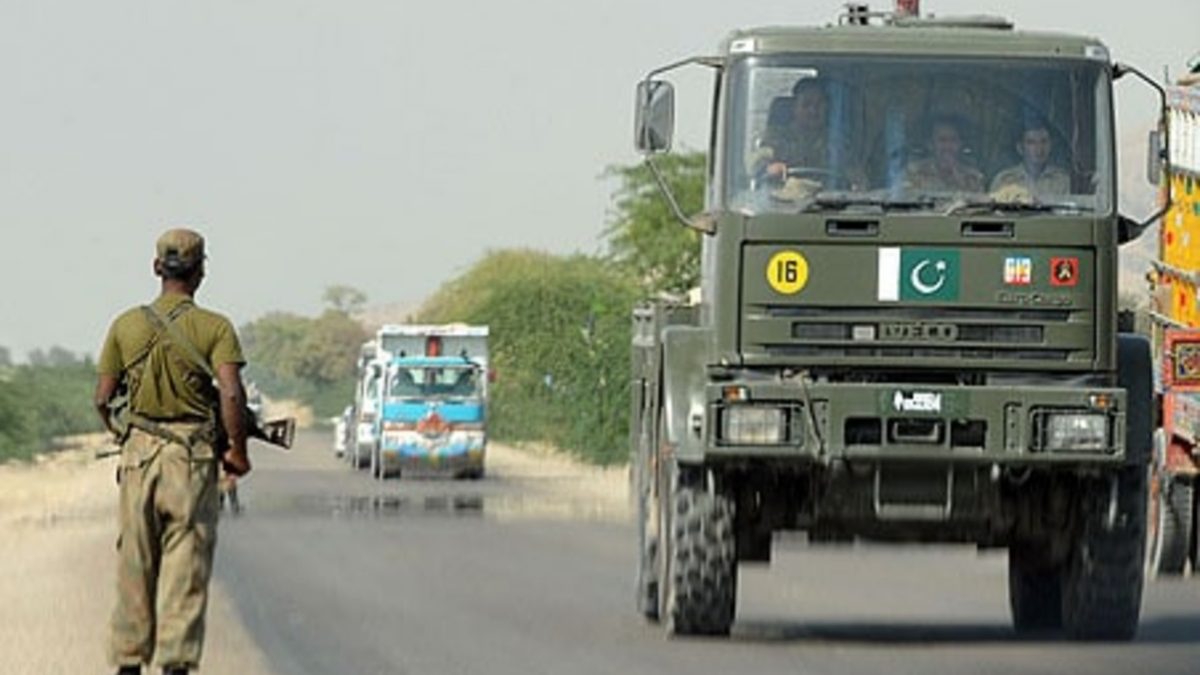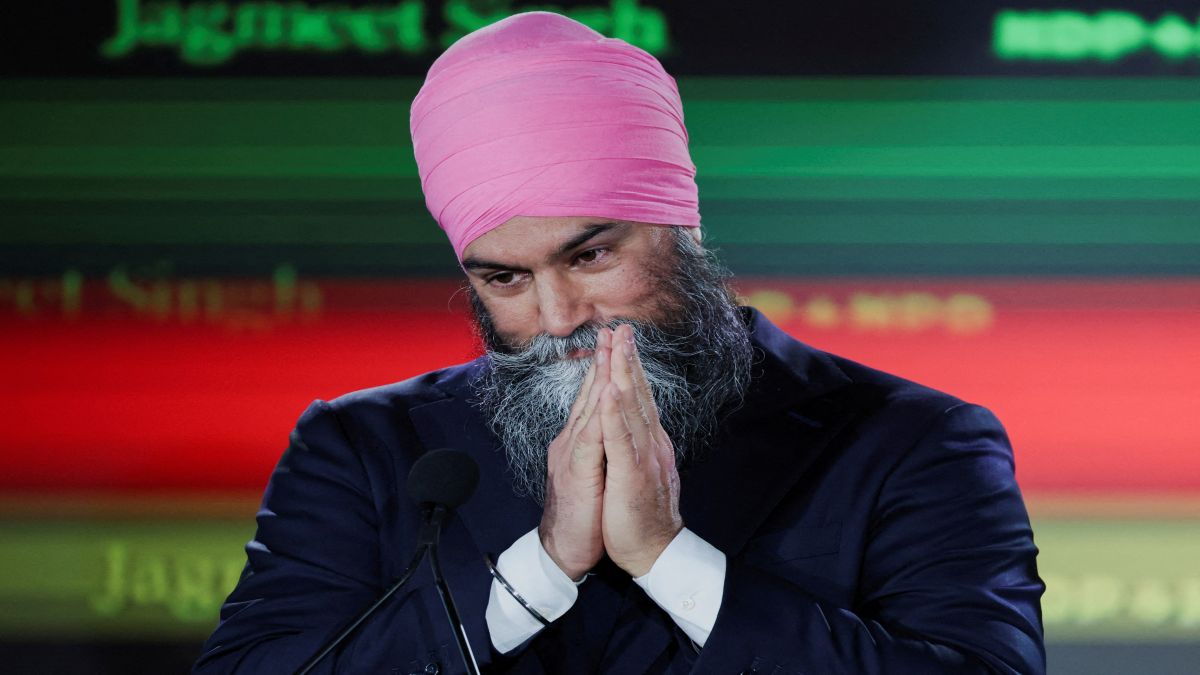Winter arrived late but now it causing North India to shiver. Large parts of the region are experiencing biting cold conditions with temperatures plunging below-freezing levels. The Indian Meteorological Department (IMD) has issued a warning of a severe cold wave with a possibility of dense fog for the next five days for several north Indian states, including Punjab, Haryana, New Delhi, and Uttarakhand. Let us take a closer look at which parts of India are experiencing the cold wave and what to expect in the coming days. Also read: Is winter coming? Why Delhi is not shivering. Yet Which parts are experiencing a cold wave? Punjab, Delhi, Bihar, Uttar Pradesh, Uttarakhand, Himachal Pradesh, Kashmir, Haryana, and Rajasthan are currently witnessing cold-wave conditions.
Fog and cold wave conditions in Uttar Pradesh's Ghaziabad today
— ANI UP/Uttarakhand (@ANINewsUP) December 26, 2022
IMD predicts fog conditions to prevail this whole week pic.twitter.com/cvohGo4rrU
According to IMD, the National Capital witnessed a blanket of dense fog on Monday morning. Christmas was as the coldest day of the season so far with the day temperatures falling to 16.2 degrees Celsius, five degrees below normal for this time of the year. The morning temperature was recorded at 5.3 degrees Celsius. The weather agency has further predicted that the temperature can drop to four degrees Celsius and the maximum temperature can be 19 degrees Celsius. The dense fog is expected to bring down visibility. Thus, the Delhi government has directed schools to remain closed for the winter break from 1 January. Most parts of Punjab and Haryana witnessed minimum temperatures in the range of three to seven degrees Celcius, officials said. Rajasthan is experiencing a record dip in the mercury. The hill station of Mount Abu experienced snowfall, and in Churu, the temperature fell to zero degrees Celsius, reports NDTV.
#WATCH | Rajasthan: A sheet of ice forms on vehicles & plants as the lowest minimum temperature plummeted to zero degree celsius in Churu today. #ColdWave pic.twitter.com/OVenwctgsD
— ANI MP/CG/Rajasthan (@ANI_MP_CG_RJ) December 26, 2022
Foggy weather is predicted in Himachal Pradesh, Uttarakhand and West Bengal. The extreme temperatures have forced schools in Bihar to remain shut for students up to Class 8 until the year-end. On Sunday, MeT officials informed that the mercury dipped several degrees below the freezing point as many places in Kashmir experienced the season’s coldest night. The severe cold wave conditions have led to the freezing of the interiors of Srinagar’s Dal Lake.
Winter is here! #DalLake #AwesomeWinter #Nature pic.twitter.com/srHaijjhjz
— Dr. Wazida Rahman 👩🏫 (@WazidaR) December 26, 2022
The weather department forecasted that cold wave conditions will gradually reduce in intensity and spread thereafter. The conditions can also continue in isolated parts of the region during the next two days. Also read: Cold Christmas: What’s causing the winter storm in US that’s disrupting holiday plans? Why the cold wave has come later? Even though November and early December are winter months, north India was waiting for winter to kick in. This was largely due to the delayed withdrawal of the monsoon. This year, several pockets of North India witnessed delayed monsoon withdrawal, causing anti-cyclonic formations over western parts of the country, like Gujarat. This led to a delay in the climatological process. What is a cold wave? According to IMD, a cold wave is defined as a quick drop in temperature across a vast area accompanied by “a considerable cooling of the air, or the invasion of very cold air”. Notably, the rate at which the temperature drops and the lowest point to which it drops differs depending on the geographical region and time of year. As per the weather department, the minimum temperature recorded by a meteorological station on the plains must be 10 degrees Celsius or less; for high-altitude hills, the minimum must be below or at 0 degrees and the highest temperature must be 4.5-6.4 degrees Celsius below normal. A “severe cold day” occurs when the maximum temperature decreases by 6.5 degrees or above the normal. Also read: What is a ‘bomb cyclone,’ the extreme winter weather expected to hit the US? What causes severe cold wave? According to the weather department, one of the factors for cold wave occurrence over India is “a build-up of a ridge, which is an extended area of relatively high atmospheric pressure, in the jet stream over northwest Asia. Jet streams are narrow bands of high wind that travel across the world from west to east. Triggering a mechanism like “strong westerly wave approaching northwest India to enhance winds for transport cold air southeastward,” and “extensive snow covers over Northwest Himalayas” are also factors contributing to the cold wave. What to expect in the coming days? Many parts of Punjab and a few parts of Haryana and Chandigarh will see dense to very dense fog, IMD predicted. Severe cold wave conditions are very likely in some pockets of Chandigarh, Delhi, north Rajasthan, Himachal Pradesh, Uttar Pradesh and Uttarakhand on Monday, the agency said as per Hindustan Times. It added cold wave conditions are also highly predicted in isolated parts of Saurashtra and Kutch in Gujarat on Monday and Tuesday. Additionally, light to moderate rainfall at many places and heavy rainfall at isolated places in south coastal Tamil Nadu and south Kerala on Monday is likely as the Depression over the Southwest Bay of Bengal off Sri Lanka coast moved southwestwards. According to the IMD bulletin, snowfall in higher reaches of the Kullu, Chamba, Lahaul-Spiti, and Kinnaur districts of Himachal Pradesh after a fresh western disturbance (WD) are expected on Monday. Western disturbance is an extra-tropical storm that originates in the Mediterranean sea, which brings sudden rain/snowfall to the north-western parts of the Indian subcontinent, as per IMD. The agency stated WD is expected to visit the western Himalayan region on 29 December at night, which will bring isolated to scattered rainfall/snowfall, according to The Indian Express. With inputs from agencies Read all the Latest News, Trending News, Cricket News, Bollywood News, India News and Entertainment News here. Follow us on Facebook, Twitter and Instagram.


)
)
)
)
)
)
)
)
)